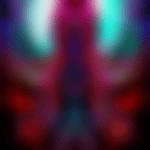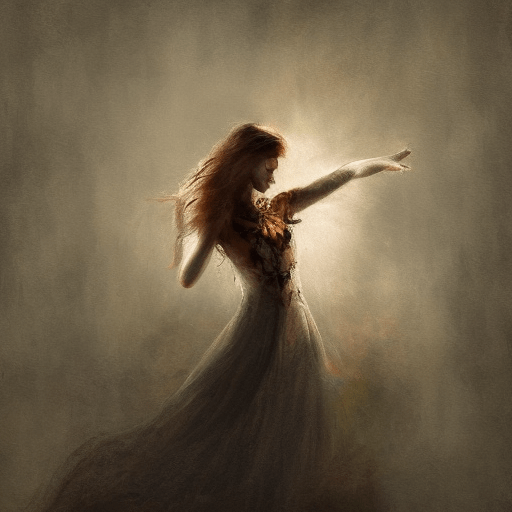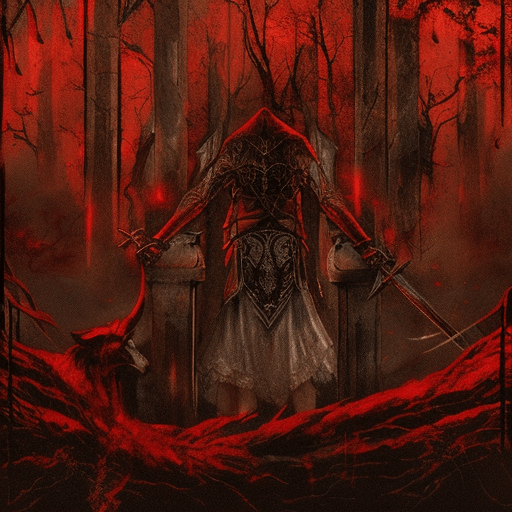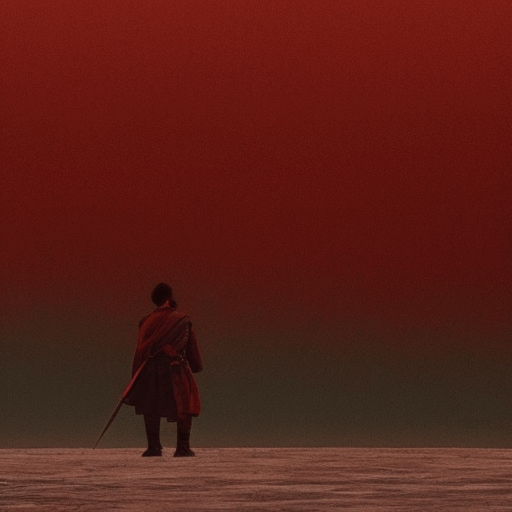Laura by Otto Preminger
Summary: In the film “Laura,” directed by Otto Preminger, a detective investigates the murder of a beautiful advertising executive, only to find himself falling in love with her. As he delves deeper into her mysterious life, he uncovers a web of deceit, jealousy, and obsession that leads him to question everything he thought he knew.
Main Cast and Crew:
– Director: Otto Preminger
– Writer(s): Jay Dratler, Samuel Hoffenstein, Elizabeth Reinhardt
– Key Actors: Gene Tierney as Laura Hunt, Dana Andrews as Detective Mark McPherson, Clifton Webb as Waldo Lydecker, Vincent Price as Shelby Carpenter
– Music Director: David Raksin
– Director of Photography: Joseph LaShelle
– Producers: Otto Preminger, Joseph L. Mankiewicz
Plot:
Detective Mark McPherson is assigned to investigate the murder of Laura Hunt, a successful advertising executive. As he delves into her life, he becomes infatuated with her, even though he has never met her. McPherson interviews Laura’s acquaintances, including her mentor and columnist Waldo Lydecker, who had a possessive and controlling relationship with her, and her fiancé, Shelby Carpenter, a charming playboy with a questionable past.
As the investigation progresses, McPherson discovers that Laura had been receiving threatening letters from an unknown person. He also learns about her complicated relationships with men, including her former lover, painter Jacoby, and her loyal housekeeper, Bessie. McPherson becomes increasingly obsessed with Laura, studying her portrait and personal belongings, immersing himself in her world.
However, the case takes a shocking turn when Laura suddenly reappears, alive and well. It turns out that the murdered woman was Diane Redfern, a model who had been impersonating Laura. McPherson realizes that he had fallen in love with a woman who never existed. Determined to solve the case, he uncovers a twisted plot involving jealousy, betrayal, and a desperate desire for fame and success.
Themes and Motifs:
“Laura” explores themes of obsession, identity, and the blurred lines between reality and fantasy. The film delves into the dark side of love and desire, as the characters become consumed by their infatuations and are willing to go to extreme lengths to possess what they desire. The motif of the portrait of Laura symbolizes the characters’ fixation on an idealized image, blurring the boundaries between the real and the imagined.
Reception and Legacy:
Upon its release in 1944, “Laura” received critical acclaim for its stylish direction, atmospheric cinematography, and strong performances. The film was nominated for five Academy Awards, including Best Director and Best Supporting Actor for Clifton Webb. Although it did not win any Oscars, “Laura” has since become a classic example of film noir, known for its intricate plotting and memorable characters.
The legacy of “Laura” extends beyond its initial success. It has influenced numerous films and filmmakers, with its themes of obsession and the power of perception resonating throughout cinema history. The film’s iconic theme, composed by David Raksin, has become synonymous with mystery and intrigue.
Recommendation:
“Laura” is a captivating film noir that combines elements of mystery, romance, and psychological drama. With its complex characters, atmospheric visuals, and a plot filled with twists and turns, it keeps the audience engaged from start to finish. Fans of classic cinema and film noir enthusiasts will appreciate the film’s stylish direction and memorable performances.
Memorable Quote:
“Goodbye, Laura. Goodbye, my love.” – Waldo Lydecker












